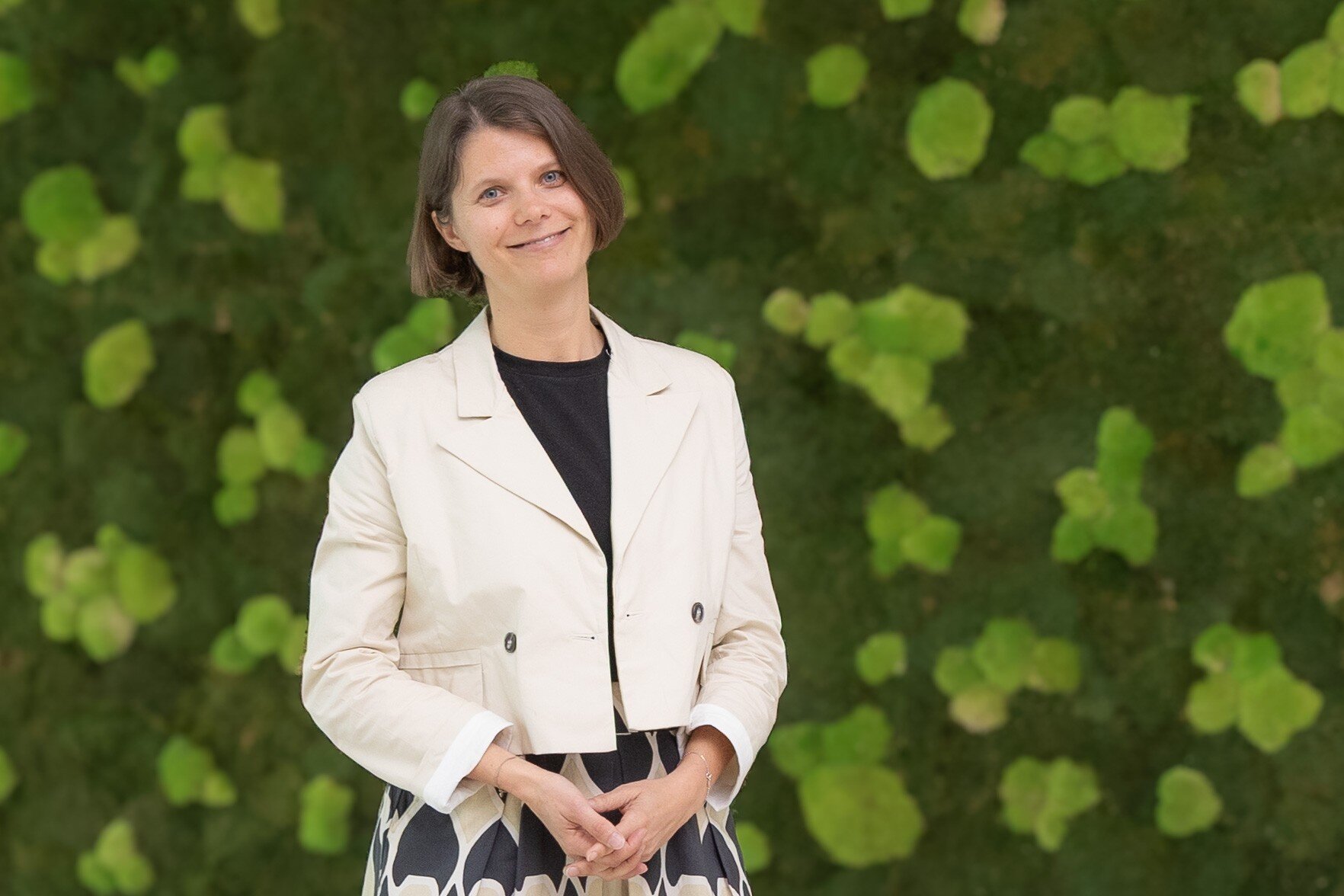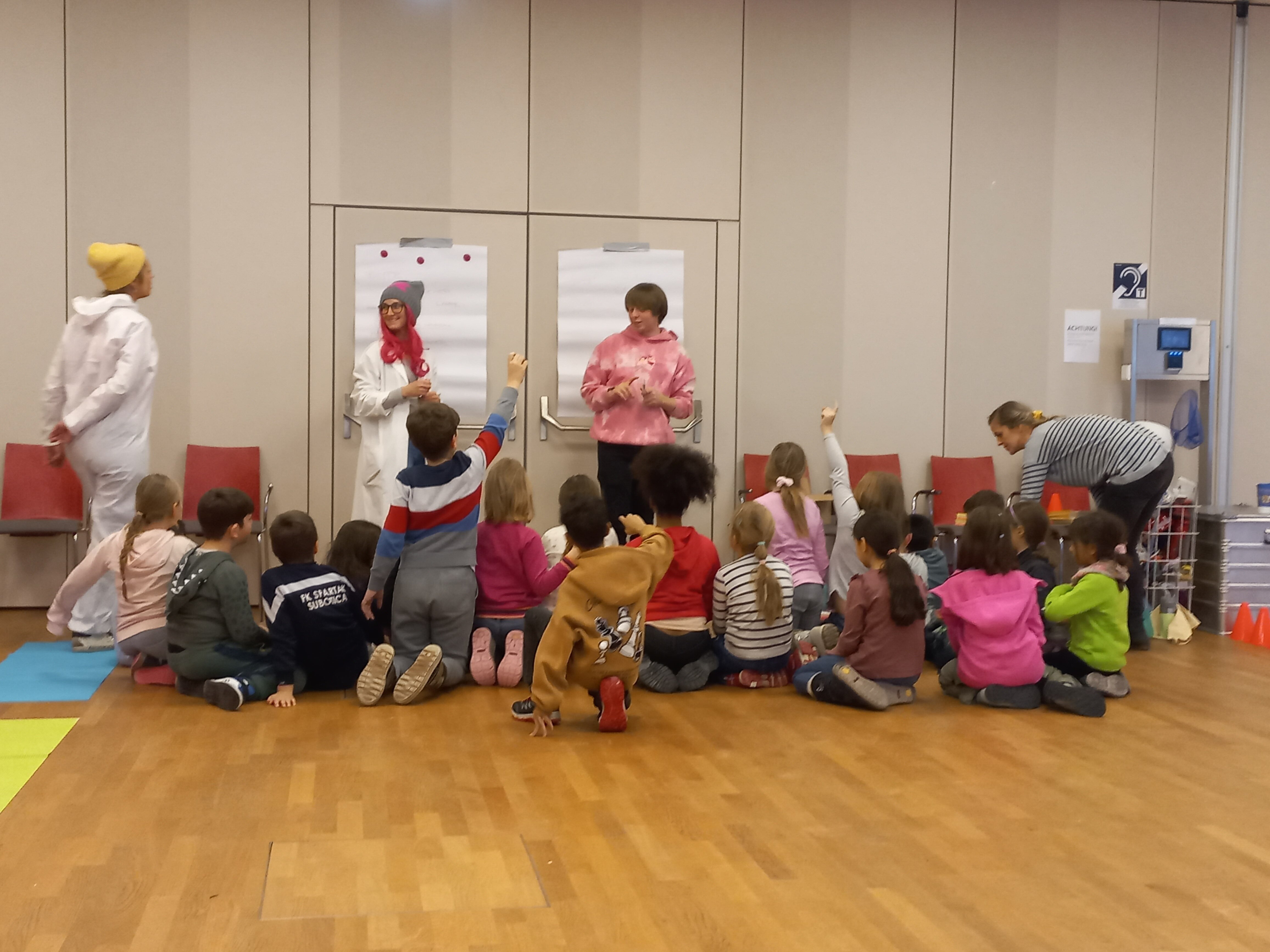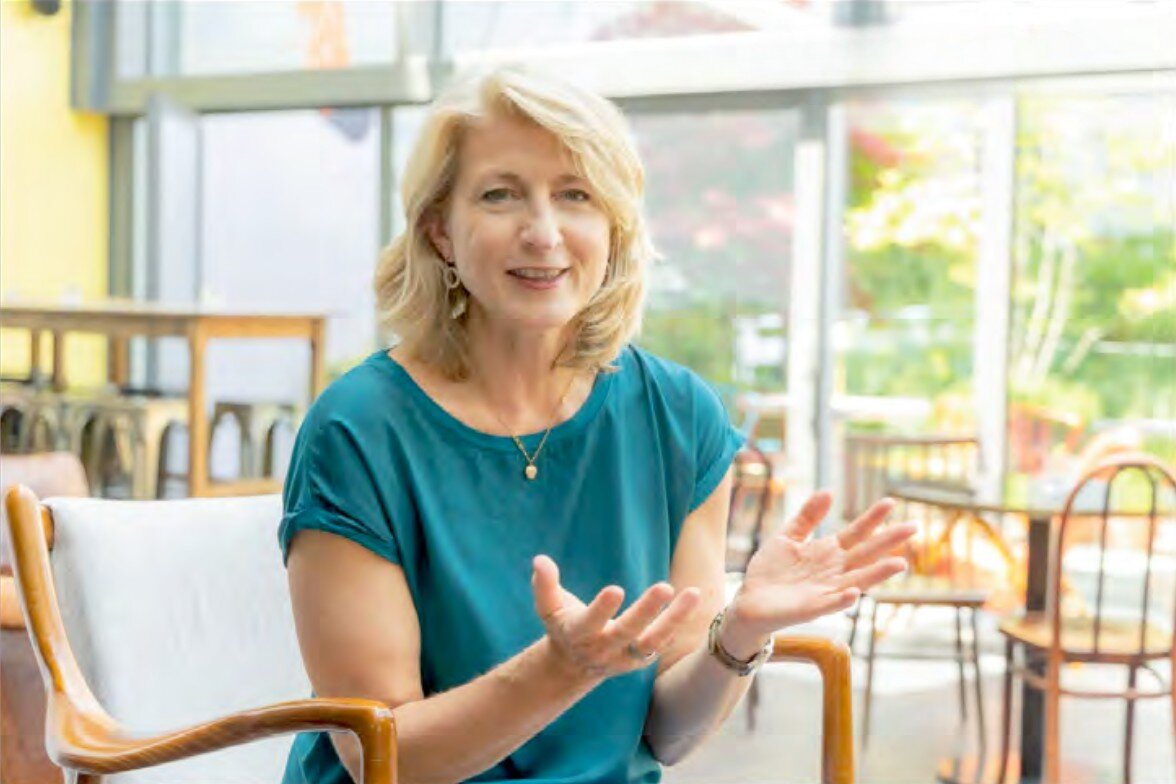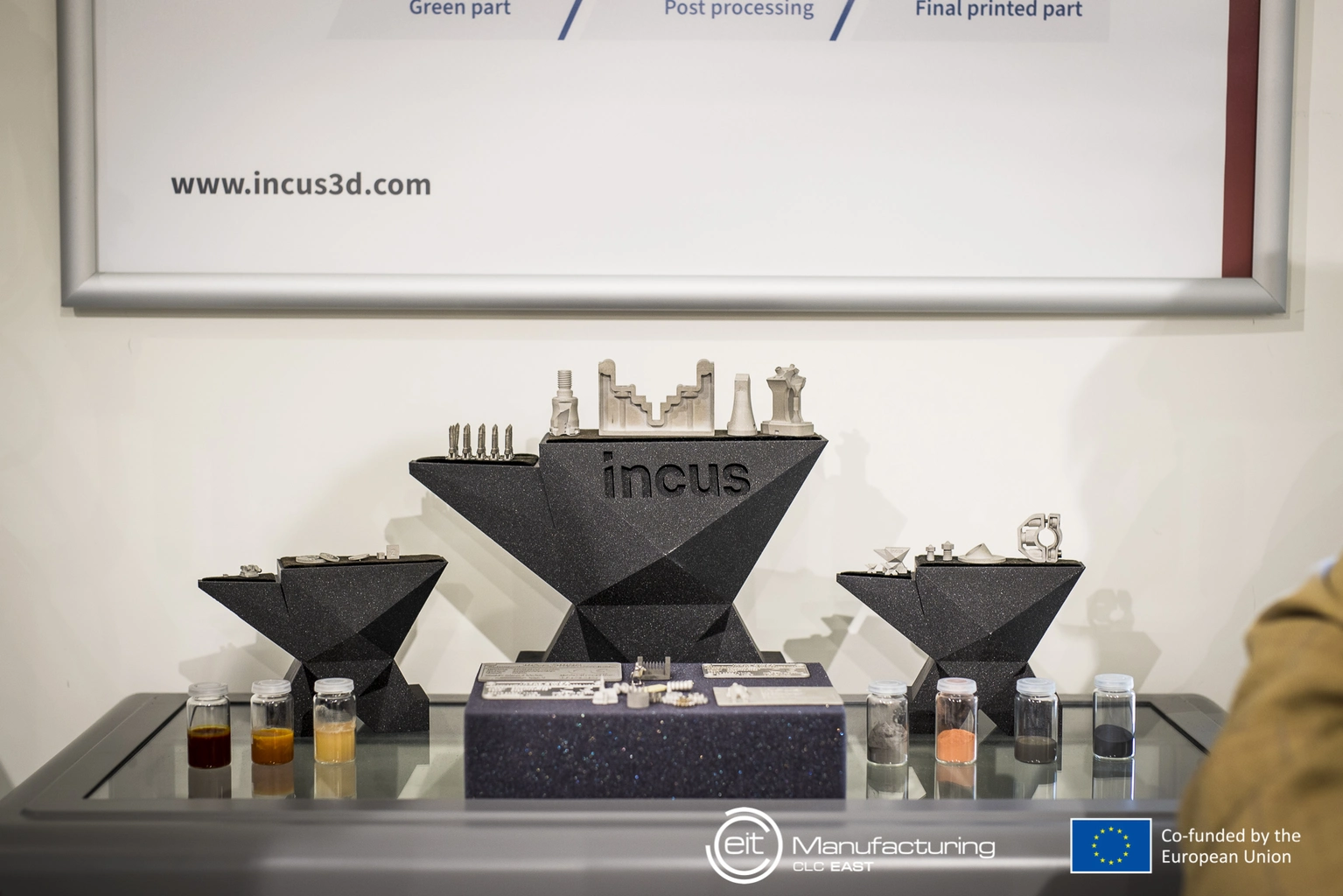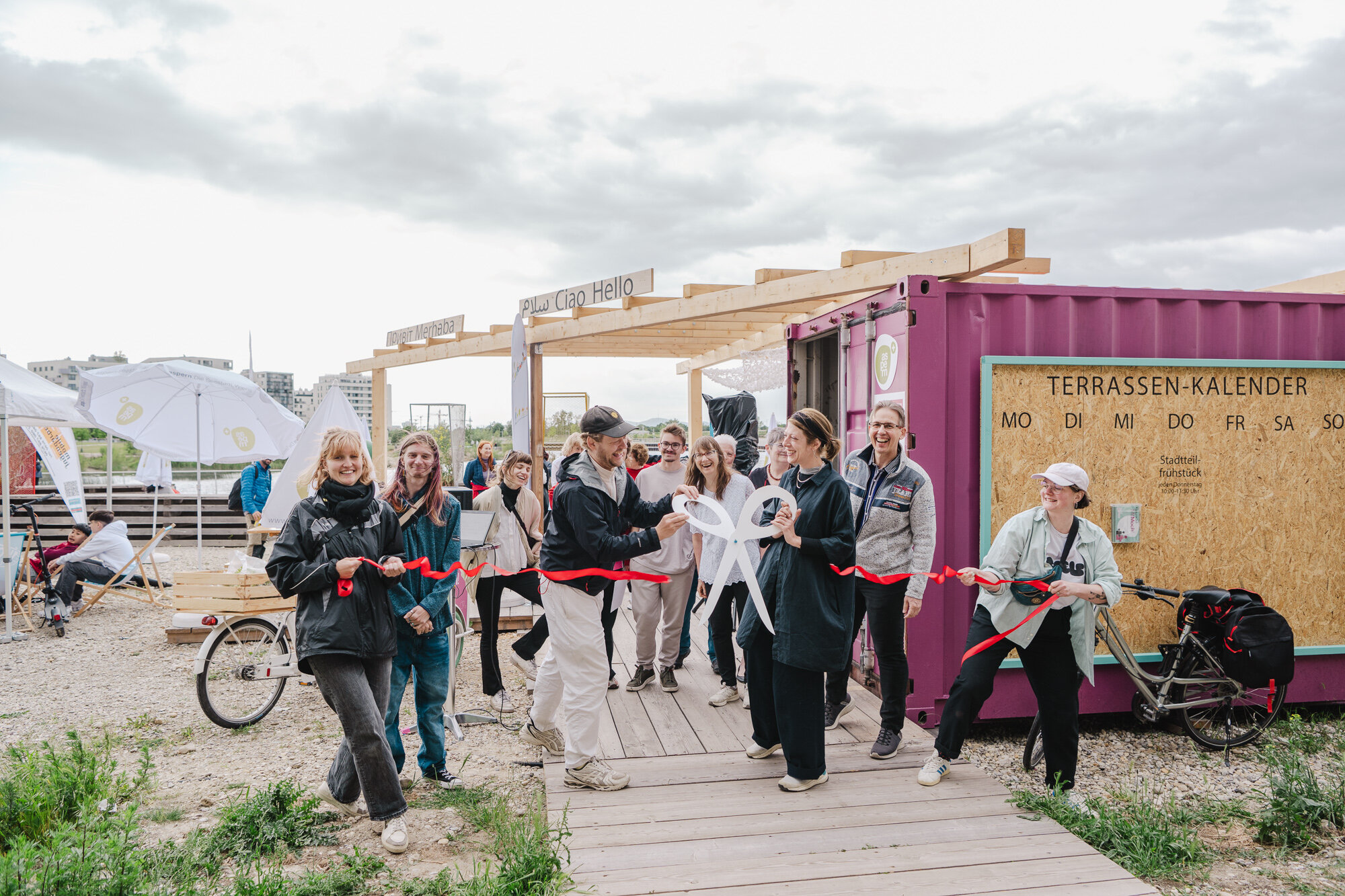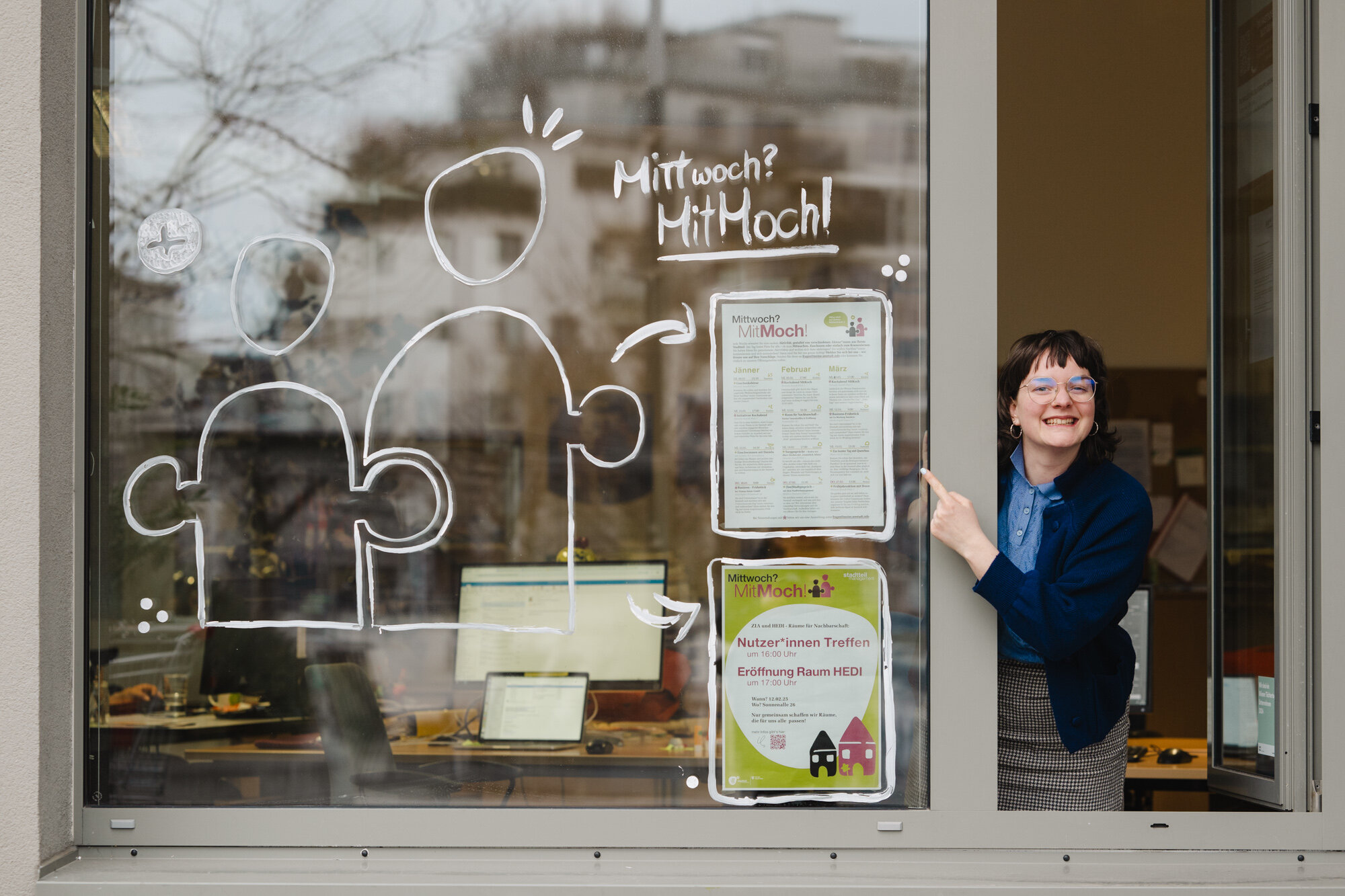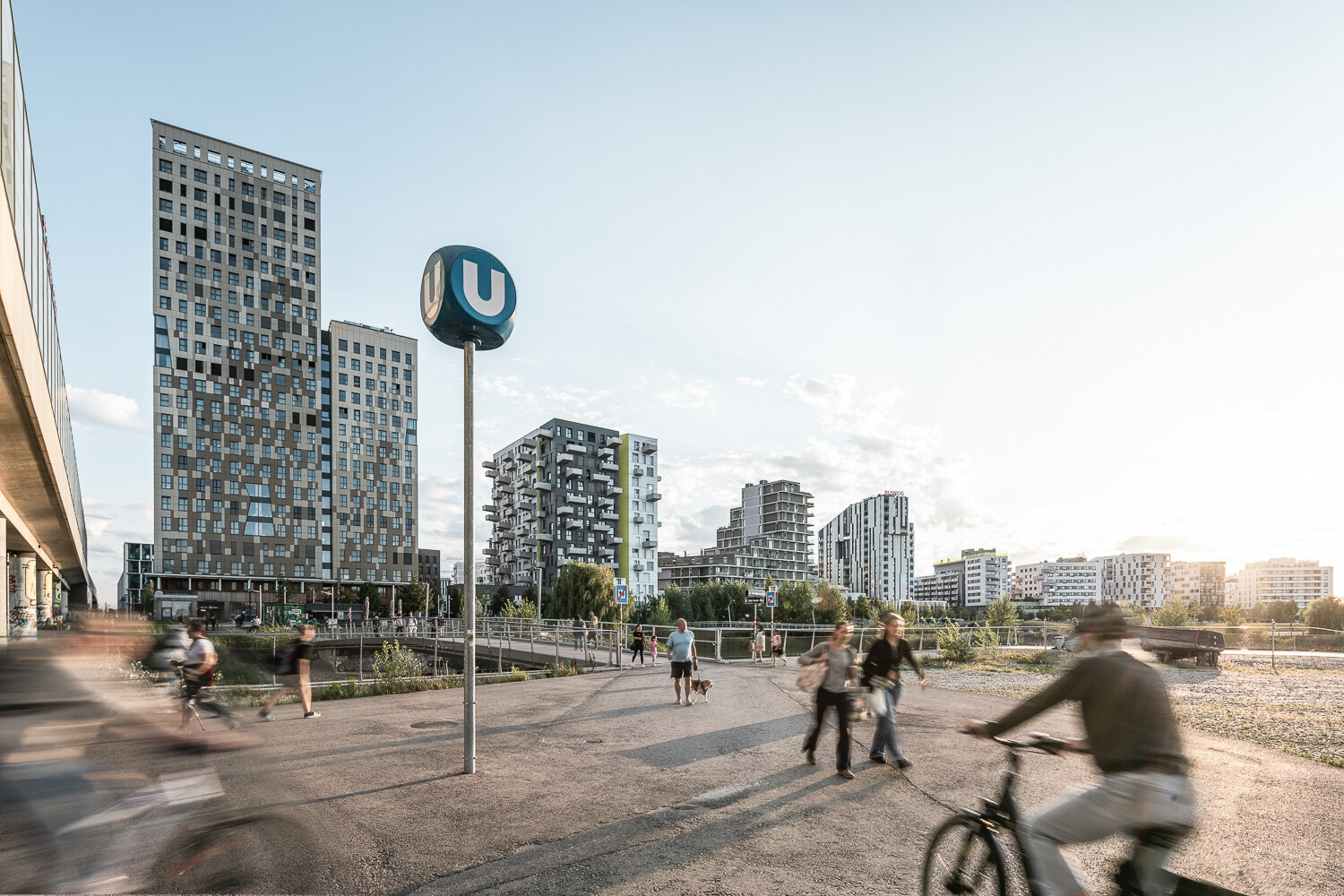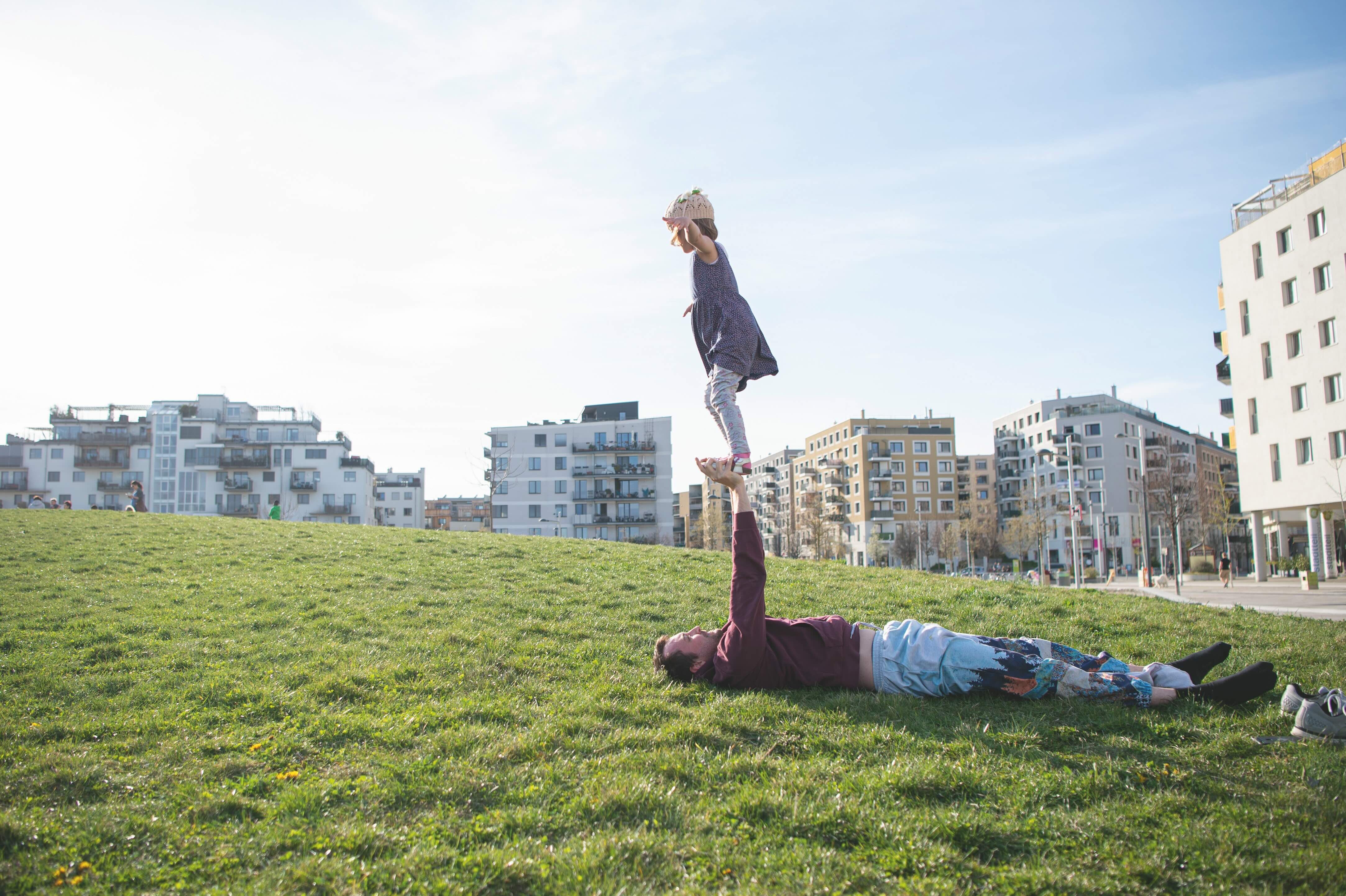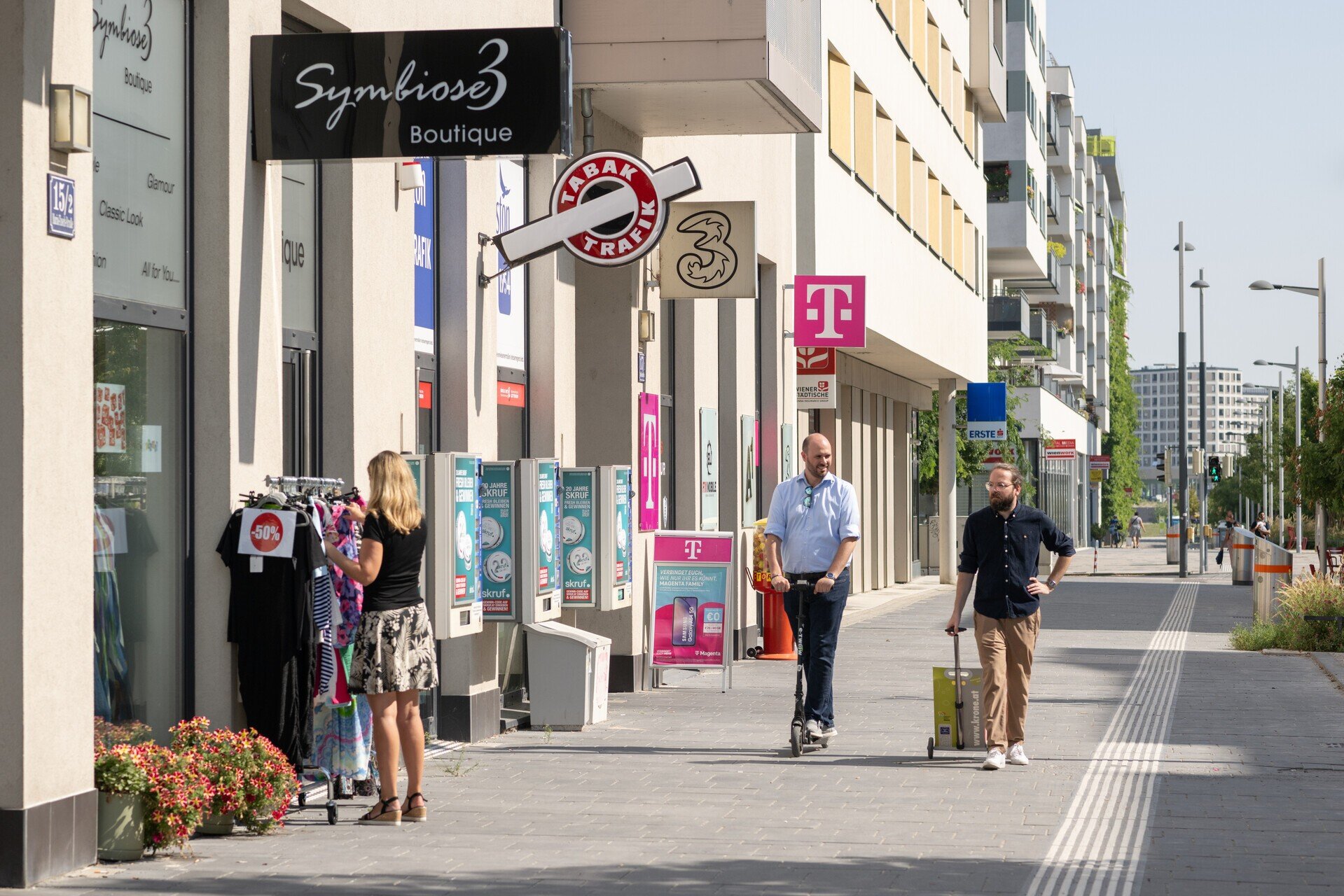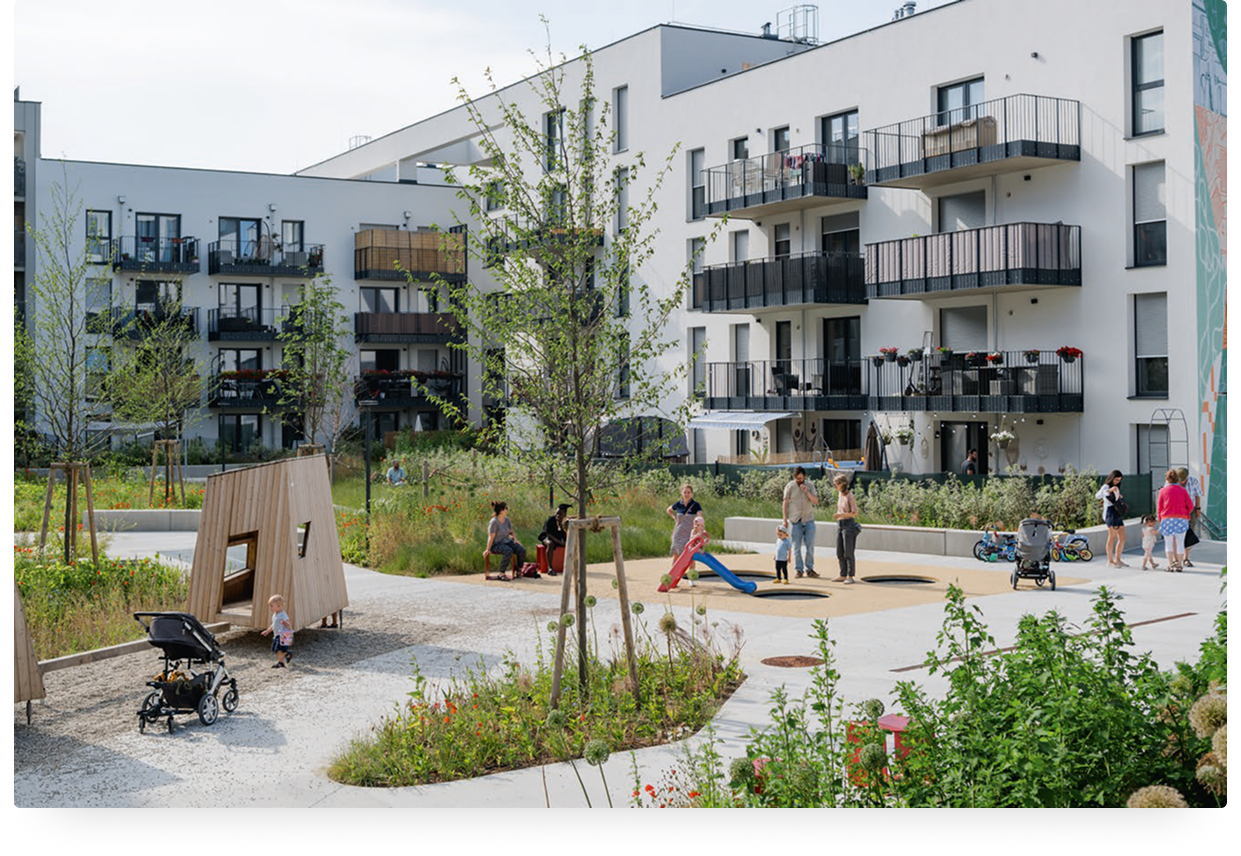Author
Barbara Wallner
Published on 09.07.2025
From the business magazine "Workflow"
2025 Inner:City

These playful activities are part of the “Let’s Netz” initiative, which aims to introduce children and young people to the topic of energy, how it works, and what the future of energy supply could look like. Another goal is to spark and encourage the interest of girls and young women in technical professions. The initiative ran from June 2023 to this May at four schools in Vienna’s Seestadt. Electricity, energy, and sustainability may be abstract concepts—but children have to deal with them in everyday life anyway, says Alexandra Lamprecht, who teaches at the aforementioned primary school. Especially when it comes to climate change and its consequences, it’s important to address these issues together with the children, as the topic is already present: “I believe children pick up much more than we think—more than we’d like. And in a very passive way, for example, when parents watch the news on TV. They know something isn’t right, but they don’t have a concrete picture of it. That’s difficult for children who should have a carefree view of the world at this age.” This uncertainty must be addressed by giving children tools to counter feelings of helplessness. This is exactly where the Let’s Netz initiative comes in, playfully imparting practical knowledge and promoting the understanding of complex relationships. Lamprecht is convinced:
What does electricity look like? For the students at GTVS Bildungscampus Seestadt Nord primary school, it stretches through their classroom as strands of wool, travels as a playful “electricity ball” passed over cloths during excursions to Wiener Netze, and floats through the air. In other cases, the children themselves become wind turbines or hydropower plants, imitating the movements of natural forces with colorful cloths.
“Our task is to break down the topic so that children understand it, but also know: The responsibility does not lie with them—but with the adults.”
Alexandra Lamprecht
Lehrerin der Volksschule GTVS Bildungscampus Seestadt Nord
Children’s program. Wiener Netze uses the character Mona Netz to teach children about energy and infrastructure in a playful way, says Nicole Wagner, Head of HR at Wiener Netze. © Richard Tanzer
Mom, put the lid on!
Marion Koidl, Head of Organizational Consulting at ABZ*AUSTRIA and also a project partner at Let's Netz, also reports on “reversed roles”: “The children often tell us how they ‘teach’ their parents to save energy: for example, that you should put a lid on the pot when cooking to save electricity.” The topic “Me and Energy” is a key part of the first module, where children explore the role of electricity in their daily lives, “and we have seen that children have brought new impulses into their families.”
Me and the Energy Transition
Even in elementary school, creativity is incredibly strong, says Lamprecht: "Innovation may sound like a big word for nine- or ten-year-olds. But actually, it's what children do all the time – without calling it that. They are curious, they are creative – and that's exactly what you need for innovation. Even if they know their inventions might not be implemented as they imagined – I believe it helps against that feeling of powerlessness."
Another key factor is making sustainability and energy efficiency visible in the students' environment. Koidl: "You can already see this in the buildings – modern schools are designed to be much more energy efficient than older ones and use advanced technical solutions. There are automatic shading systems that minimize sunlight and other measures to regulate the indoor climate." The way in which children are introduced to the topics of energy and sustainability was developed jointly by the participating teachers and project partners and individually adapted to the grade level and knowledge base.
An approach that Lamprecht greatly appreciates: "The focus was on the workshops in which the children actively participated – and which we developed together with all partners in advance. That's exactly what makes the co-creation approach of Let's Netz so special. It's an approach I hadn't seen before." And the initiative has another key benefit, says Lamprecht: "In the new curriculum, the concept of 'Education for Sustainable Development' is a mandatory guiding principle that all schools should work on – and with Let's Netz, this was implemented very well."
Technical content and excursion destinations are provided by project partner Wiener Netze. Even before Let's Netz, they reached out to children and young people through the character Mona Netz, says Nicole Wagner, Head of Human Resources at Wiener Netze. The character with "raspberry-red hair and a white lab coat" is a permanent part of the children's program – whether at school tours, kids' days, family festivals, or the Vienna holiday program. "She is our role model or showcase figure for children, especially for the younger ones," says Wagner. Her use is versatile: "She appears at events, in the Technical Museum, in YouTube videos – everywhere we want to teach children about energy in a playful way." Mona Netz is even used during workshop tours with school classes – there she explains at eye level how electricity, gas, and network infrastructure are connected. "The children find it incredibly exciting to learn how electricity travels and how it gets from the wind turbine to the socket," says Marion Koidl.
The Let's Netz project is based on four building blocks: an introduction to the topic of energy, exploring one's own energy consumption, encounters with companies, and the creative part "Innovation," where students themselves invent future technologies – for example, in one of the higher grades, a cigarette butt collecting machine was designed.
Seestadt Living Lab
For a project like Let's Netz, Seestadt is the ideal location, the interviewees agree: With ASCR, Aspern Smart City Research, the largest energy research project in Europe is running here. Since 2013, ASCR has been researching solutions for the urban energy future in Seestadt using real data.aspern Seestadt. The TU Wien pilot factory, also a project partner of Let's Netz, focuses on Industry 4.0 and resource-efficient manufacturing techniques. “We have much more digitalization here than in the rest of the city. This allows us to try things that could later be implemented on a larger scale,” says Nicole Wagner. At the same time, you can observe how energy supply works in everyday life – for example, with solar panels, electric cars, or smart climate control.
Potential. Marion Koidl is Head of Organizational Consulting at ABZ*AUSTRIA. © Richard Tanzer
A future that ...
But Seestadt offers the ideal environment for the goals of Let's Netz – and those of ABZ – not only in the field of energy: The association’s work focuses on gender equality in the labor market, business, and education. “The way work and life are conceived in this district fits perfectly with our mission. The idea that ‘my career could be just around the corner’ has incredible potential for balancing work and family – and that’s still a key factor for women,” says Koidl. This potential should also be shown to female students in Seestadt. In the predecessor project INA (Initiative New Work), the topic was already brought to the forefront together with Seestadt: “It was about career prospects in one place. And it became clear how many great women there are in Seestadt – also in technical fields,” says Koidl. Together with Wiener Netze, they want to put female role models in the spotlight, Koidl continues: “There are many initiatives and impressive examples. We want to make these women tangible – especially for girls.” Wagner adds: “Experience shows, and studies confirm: When girls and young women see that there is a woman who is a researcher, technician, or engineer, the threshold is lower. It’s easier to get excited about topics that might otherwise seem unfamiliar. We have women at all levels of training – from apprentices to executives – who are available as interview partners for young people.”
Let's Netz Project Partners
- PlanSinn Planning and Communication GmbH|
- ABZ'AUSTRIA Association for the Promotion of Work, Education and Future for Women
- Atos IT Solutions and Services GmbH
- Vienna University of Technology Pilot Factory Industry 4.0
- Wiener Netze GmbH
Schools: BG/BRG Seestadt, BG/BRG Simonsgasse, Liselotte Hansen-Schmidt Education Campus (MS/VS), Seestadt Aspern Education Campus (VS)
The project is supported by the Austrian Research Promotion Agency.

